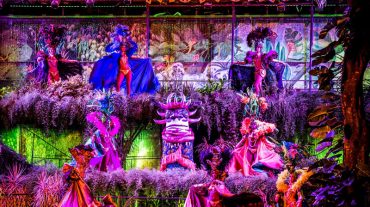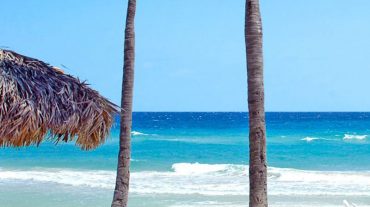The Malecon is Cuba's most famous avenue; With its six lanes and a wide sidewalk, crowned by a wall of bare concrete, which serves as a seat for thousands of people who see the blue sea, the passage of ships, or the beloved face of those who share a beautiful moment To appreciate the sunset.
The first name of the Malecon was: Avenida del Golfo. Its projection began in 1819 when the so-called "widening of extramuros" was put into practice and the project was entrusted to Don Francisco de Albear, the greatest Cuban engineer of the time. The first section of this magnificent work began on May 6, 1901 and was advanced under the mandates of the different governments of the neocolony, each with the procedure of the engineer in charge.
It was completed in 1959 with the construction of the Calzada tunnel under the Almendares River, which determined that the Malecón would continue until it connected with that subterranean road and then with Fifth Avenue.
The architectural richness of the Malecón is also expressed in the old buildings, most of them now in restoration. They keep the beauty of the baroque columns, adorned with heads of animals, flowers and plants, of brilliant colors, that even the intense sun does not fade.
Many come to enjoy the sea show, or simply catch the cool of the night. Others fish on reefs. Most of them let run the time between the traffic of the avenue and the street vendors.
In the summer, there is the Carnival, where races and customs are mixed, walks of floats and comparsas. A great popular party that distinguishes the capital in those days of July, where the old drums join the modern sonorities of reggaeton and salsa. Recently, a musical theme, is being heard in the national and international radio, that has reached the top in the lists of successes "Until dry the malecón" of Jacob Forever.
A few years ago, the Anti-imperialist Tribune was built, a symbol of the resistance of the Cuban people against the aggressions of the United States government; Where Monte de las Banderas recently rose, in front of the former United States interests office, now embassy.
It is also the seat of some of the best hotels in the capital, including the emblematic Hotel Nacional, where it is still possible to find the cannons that defended Havana during the Spanish colony.









